Biomass energy transformation is gaining increasing attention as a key component of the transition toward sustainable energy systems.
In the face of climate change and dwindling fossil fuel reserves, biomass energy presents a renewable and environmentally friendly alternative.
This blog post explores the concept of biomass energy transformation, its benefits, challenges, and its crucial role in shaping a sustainable future.
Understanding Biomass Energy Transformation
Biomass Energy Transformation involves the conversion of organic materials such as agricultural residues, wood chips, and even municipal solid waste into usable energy forms like heat, electricity, or biofuels.
Unlike fossil fuels, biomass is renewable and emits significantly lower levels of greenhouse gases when properly managed.

Benefits of Biomass Energy Transformation
The widespread adoption of Biomass Energy Transformation offers numerous benefits across environmental, economic, and social dimensions.
- Environmental Sustainability: By utilizing organic waste streams and agricultural residues, Biomass Energy Transformation helps reduce greenhouse gas emissions and mitigates environmental pollution associated with conventional energy sources.
- Renewable Resource: Biomass is a renewable resource that can be sustainably managed and replenished, making it a reliable long-term energy solution.
- Economic Opportunities: The biomass energy sector creates jobs in rural communities, stimulates local economies, and reduces dependence on imported fossil fuels, thus enhancing energy security.
- Waste Management: Biomass Energy Transformation provides an environmentally friendly solution for managing organic waste streams, reducing the need for landfill disposal and mitigating associated environmental risks.
- Social Equity: Biomass energy transformation can promote social equity by providing opportunities for local communities, farmers, and landowners to participate in renewable energy production.
- Energy Independence: By diversifying the energy mix and utilizing domestic biomass resources, countries can reduce their reliance on imported fossil fuels and enhance energy independence.
- Climate Change Mitigation: Biomass energy transformation plays a crucial role in mitigating climate change by offsetting carbon dioxide emissions from fossil fuel combustion.
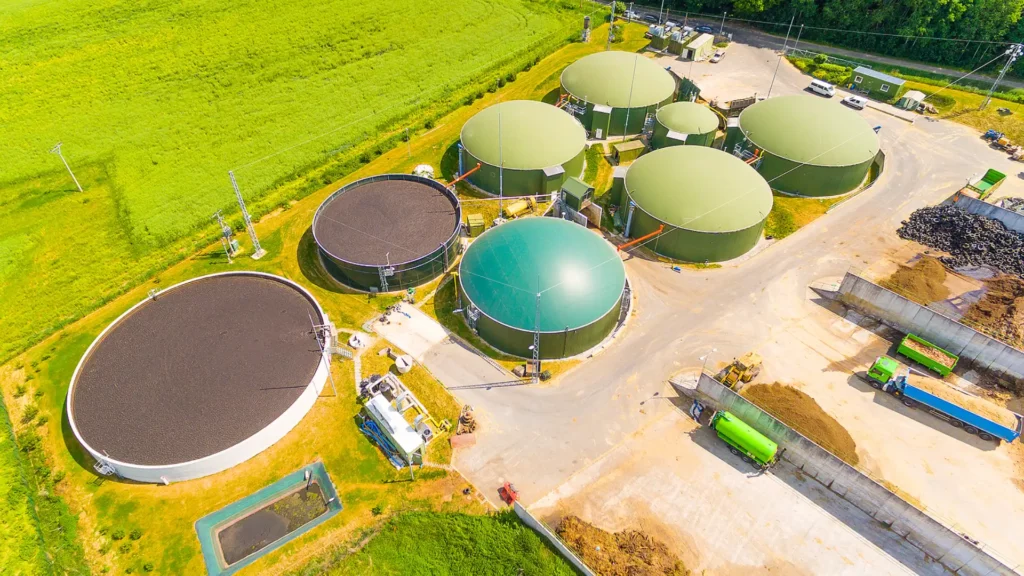
Biomass Energy Conversion Technologies
Biomass energy conversion technologies play a pivotal role in harnessing the energy potential of organic materials and transforming them into usable forms of energy.
These technologies encompass a diverse range of processes, each offering unique advantages and applications in the biomass energy sector.
- Combustion: Energy conversion of biomass involves burning organic materials to generate heat or electricity. This traditional method is widely used in heating systems, power plants, and industrial boilers.
- Gasification: Biomass gasification converts solid biomass into a synthesis gas (syngas) comprising hydrogen, carbon monoxide, and methane. Syngas can be utilized for heat, power generation, or converted into biofuels.
- Pyrolysis: Pyrolysis involves heating biomass in the absence of oxygen to produce biochar, bio-oil, and syngas. These intermediate products can be further processed into biofuels, chemicals, and agricultural amendments.
- Anaerobic Digestion: Anaerobic digestion utilizes microorganisms to break down organic matter in the absence of oxygen, producing biogas (methane and carbon dioxide) and digestate. Biogas can be utilized for heat, power generation, or upgraded to biomethane for injection into natural gas pipelines.
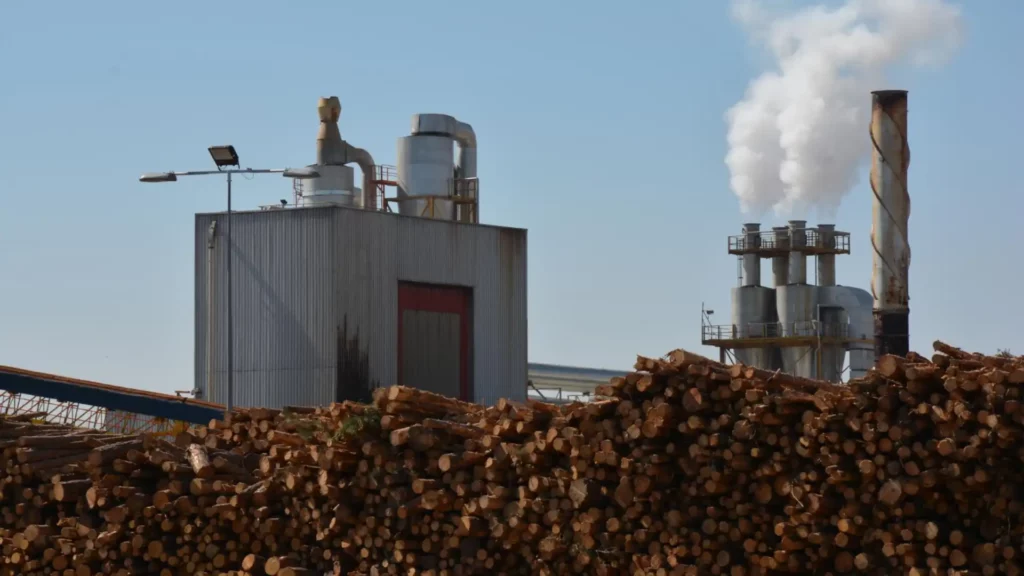
Energy Conversion of Biomass: Transforming Organic Matter into Power
Energy conversion of biomass is a multifaceted process that involves harnessing the energy stored within organic matter and converting it into usable forms such as heat, electricity, or biofuels.
Various processes transform biomass to release energy in a controlled way. Conversion technologies like combustion, gasification, pyrolysis, and anaerobic digestion are key in tapping biomass's potential as renewable energy.
This helps reduce fossil fuel dependence, cut greenhouse gases, and promote sustainable energy.
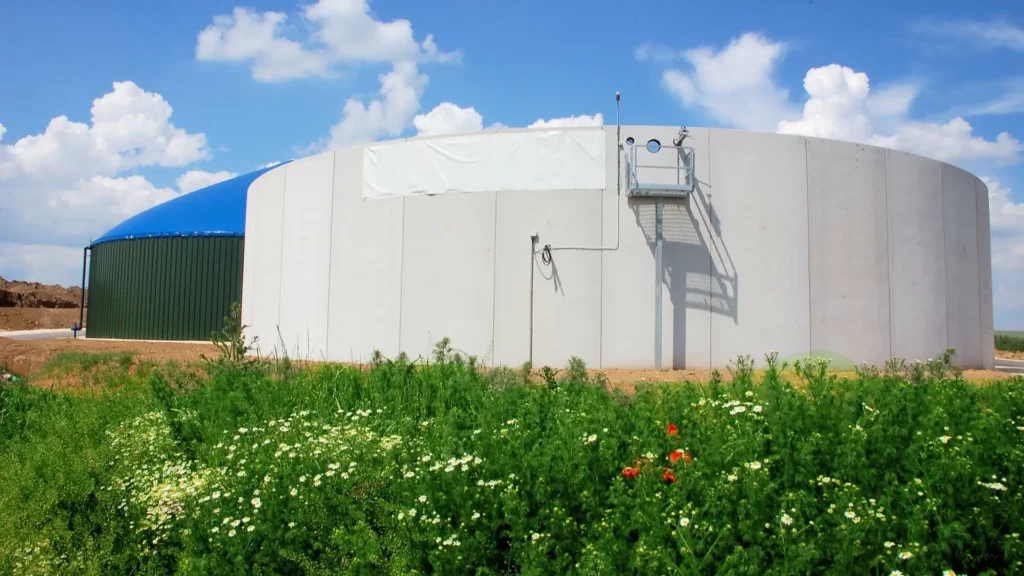
Biomass Energy Machine: Revolutionizing Biomass Conversion
Innovative machines are transforming biomass energy by efficiently converting feedstocks into usable energy, accelerating adoption of biomass technology.
Biomass Energy Machine Technologies
Biomass energy machines convert biomass into energy through various processes like combustion, gasification, pyrolysis, and anaerobic digestion. Examples include biomass boilers, gasifiers, pyrolysis reactors, anaerobic digesters, and biomass pellet mills.
- Biomass Boilers: Biomass boilers are specialized heating systems that combust biomass feedstocks to generate heat or steam for industrial processes, space heating, or electricity generation.
- Gasification Units: Biomass gasification units utilize high-temperature processes to convert solid biomass into a gaseous fuel known as synthesis gas (syngas).
Applications of Biomass Energy Machines
Biomass energy machines are used in power generation, heating, transportation, and industrial processes. They efficiently use different biomass energy sources like agricultural residues, forestry waste, energy crops, and organic waste.
- Power Generation: Biomass energy machines, like boilers and gasifiers, are common in power plants for generating electricity. They use steam turbines, gas engines, or CHP systems to convert biomass energy into electrical power.
- Heating Systems: Biomass boilers and pellet stoves are popular for heating and hot water in various buildings. They provide a sustainable option, cutting emissions and dependence on imported fuels.
- Transportation Fuels: Biomass energy machines are vital for producing biofuels like biodiesel and bioethanol from biomass. Advanced conversion technologies make renewable transportation fuels, cutting carbon emissions in the transportation sector.
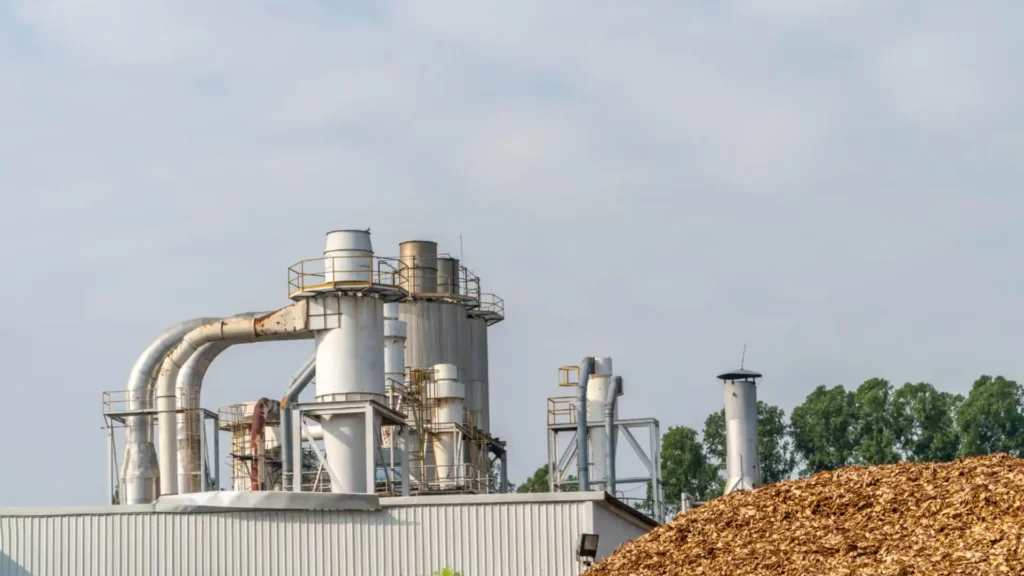
Case Studies and Success Stories
- Denmark: Denmark has emerged as a global leader in biomass energy utilization, with biomass accounting for a significant share of its renewable energy portfolio. The country's district heating systems, biomass-fired power plants, and biogas facilities have contributed to its transition towards carbon neutrality.
- Brazil: Brazil has successfully integrated biomass energy into its transportation sector through the widespread adoption of sugarcane ethanol as a biofuel. The country's ethanol program has reduced dependence on imported oil, lowered greenhouse gas emissions, and promoted rural development.
- Sweden: Sweden has achieved remarkable success in utilizing biomass for combined heat and power generation, district heating, and biofuels production. The country's sustainable forest management practices and investments in biomass energy infrastructure have positioned it as a model for renewable energy transition.
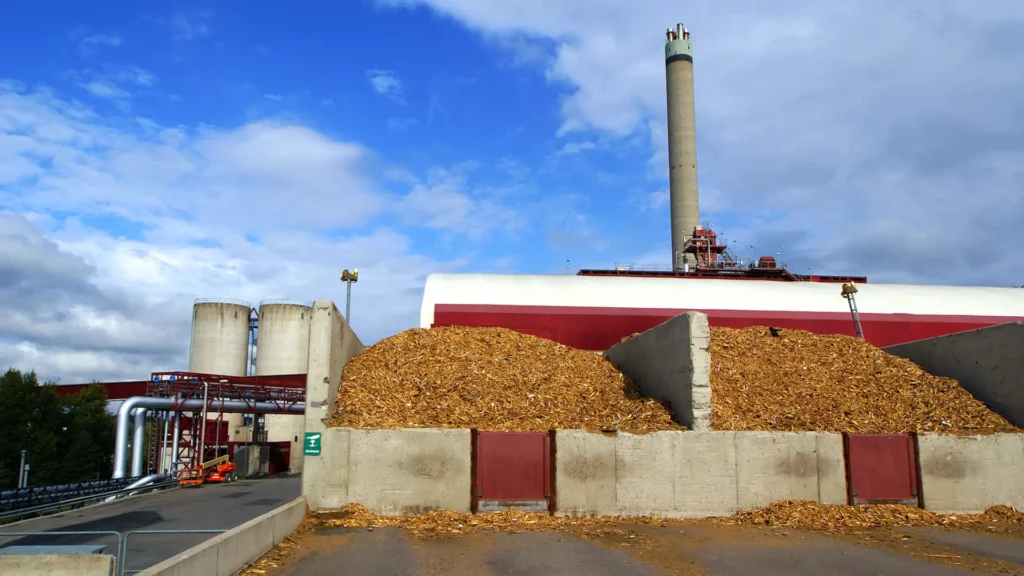
Future Energy Transformation of Biomass
As we look ahead, the future energy transformation of biomass holds promise for further advancements in technology, innovation, and sustainability.
Several key trends and developments are shaping the trajectory of biomass energy towards a more efficient, cost-effective, and environmentally friendly future.
- Advanced Conversion Technologies
Continued research and development efforts are focused on improving the efficiency and performance of biomass conversion technologies, such as gasification, pyrolysis, and anaerobic digestion.
Innovations in process engineering, catalyst development, and system integration aim to enhance energy yields, reduce emissions, and minimize waste streams.
- Biochemical Pathways
Biochemical conversion pathways, including enzymatic hydrolysis and fermentation, are gaining attention for their potential to produce high-value biofuels and bioproducts from lignocellulosic biomass.
Advances in biotechnology, metabolic engineering, and synthetic biology are enabling the development of tailored microorganisms and enzyme cocktails optimized for biomass conversion.
- Integration with Renewable Energy Systems
Biomass energy is increasingly being integrated with other renewable energy sources, such as wind, solar, and hydropower, to create hybrid energy systems with enhanced reliability and flexibility.
Co-locating biomass facilities with existing renewable energy infrastructure can facilitate synergies in resource utilization, grid stability, and energy storage.
- Circular Bioeconomy
The concept of a circular bioeconomy emphasizes the sustainable utilization of biomass resources throughout their lifecycle, from cultivation and harvesting to conversion and end-product utilization.
By adopting principles of resource efficiency, waste valorization, and closed-loop systems, biomass energy transformation can contribute to the transition towards a circular economy model.
- Sustainable Feedstock Management
Ensuring the sustainable supply of biomass feedstocks is critical for the long-term viability of biomass energy transformation.
Strategies for sustainable feedstock management include promoting agroforestry practices, enhancing crop yields through breeding and biotechnology, and fostering partnerships between biomass producers, industries, and local communities.
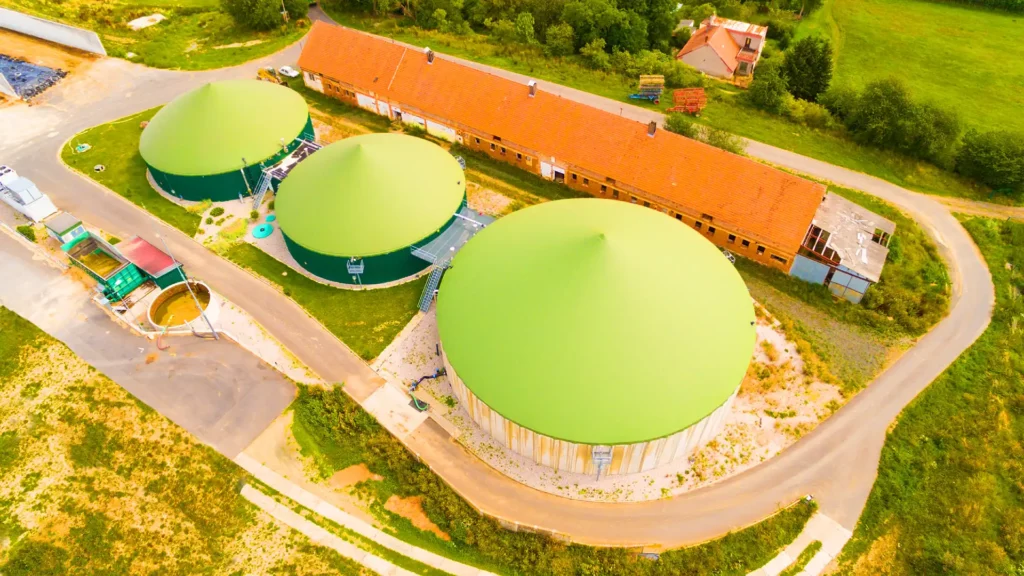
FAQs about Biomass Energy Transformation
What is the difference between biomass energy and other renewable energy sources like solar or wind?
While solar and wind energy rely on capturing sunlight and wind, respectively, biomass energy involves the conversion of organic materials, such as agricultural residues and forestry waste, into usable energy forms. Biomass energy offers the advantage of being dispatchable and less intermittent compared to solar and wind power.
Is biomass energy transformation environmentally sustainable?
Biomass energy transformation can be environmentally sustainable when managed responsibly. Sustainable practices include using biomass feedstocks from well-managed forests, implementing efficient conversion technologies to minimize emissions, and ensuring that the overall lifecycle carbon balance remains neutral or positive.
What are some common misconceptions about biomass energy?
One common misconception is that biomass energy contributes to deforestation and habitat loss. However, sustainable biomass harvesting practices can actually promote forest health and biodiversity. Additionally, some people believe that biomass energy is inherently carbon-neutral, but this depends on factors such as feedstock selection and production methods.
How does biomass energy compare to traditional fossil fuels in terms of greenhouse gas emissions?
While biomass energy does emit carbon dioxide when burned, the carbon released is part of the natural carbon cycle and is offset by the carbon absorbed during the growth of biomass feedstocks. As a result, biomass energy is considered carbon-neutral or low-carbon compared to fossil fuels, which release stored carbon into the atmosphere.
What role does biomass energy play in the transition to a low-carbon economy?
Biomass energy plays a crucial role in the transition to a low-carbon economy by providing a renewable alternative to fossil fuels. Biomass can be used to generate heat, electricity, and transportation fuels, displacing emissions from coal, oil, and natural gas and helping to reduce overall greenhouse gas emissions.
Are there any drawbacks or challenges associated with biomass energy transformation?
While biomass energy offers numerous benefits, including renewable energy generation and waste management, there are also challenges to overcome. These may include resource availability, technological constraints, environmental concerns, and policy and regulatory barriers that can affect the widespread adoption of biomass energy technologies.
How can individuals and businesses support the development of biomass energy?
Individuals and businesses can support the development of biomass energy by investing in renewable energy projects, advocating for supportive policies and incentives, and adopting biomass-based energy solutions such as pellet stoves, biomass boilers, and biogas digesters. Additionally, supporting sustainable biomass sourcing practices and research into advanced biomass conversion technologies can further advance the biomass energy sector.
Biomass Energy Transformation Conclusion
In conclusion, embracing biomass energy transformation is not just about adopting a sustainable energy source, but it's also about taking personal responsibility for the future of our planet.
By advocating for policies that support renewable energy, implementing energy-efficient practices in our daily lives, and supporting businesses that prioritize sustainability, each of us can contribute to the transition towards a low-carbon future.
Together, we have the power to make a difference and pave the way towards a brighter and greener world, where clean energy sources like biomass play a central role in preserving the planet for future generations.
Let's seize this opportunity to embrace the transformative power of biomass energy and collectively work towards building a more sustainable and prosperous future for all.

